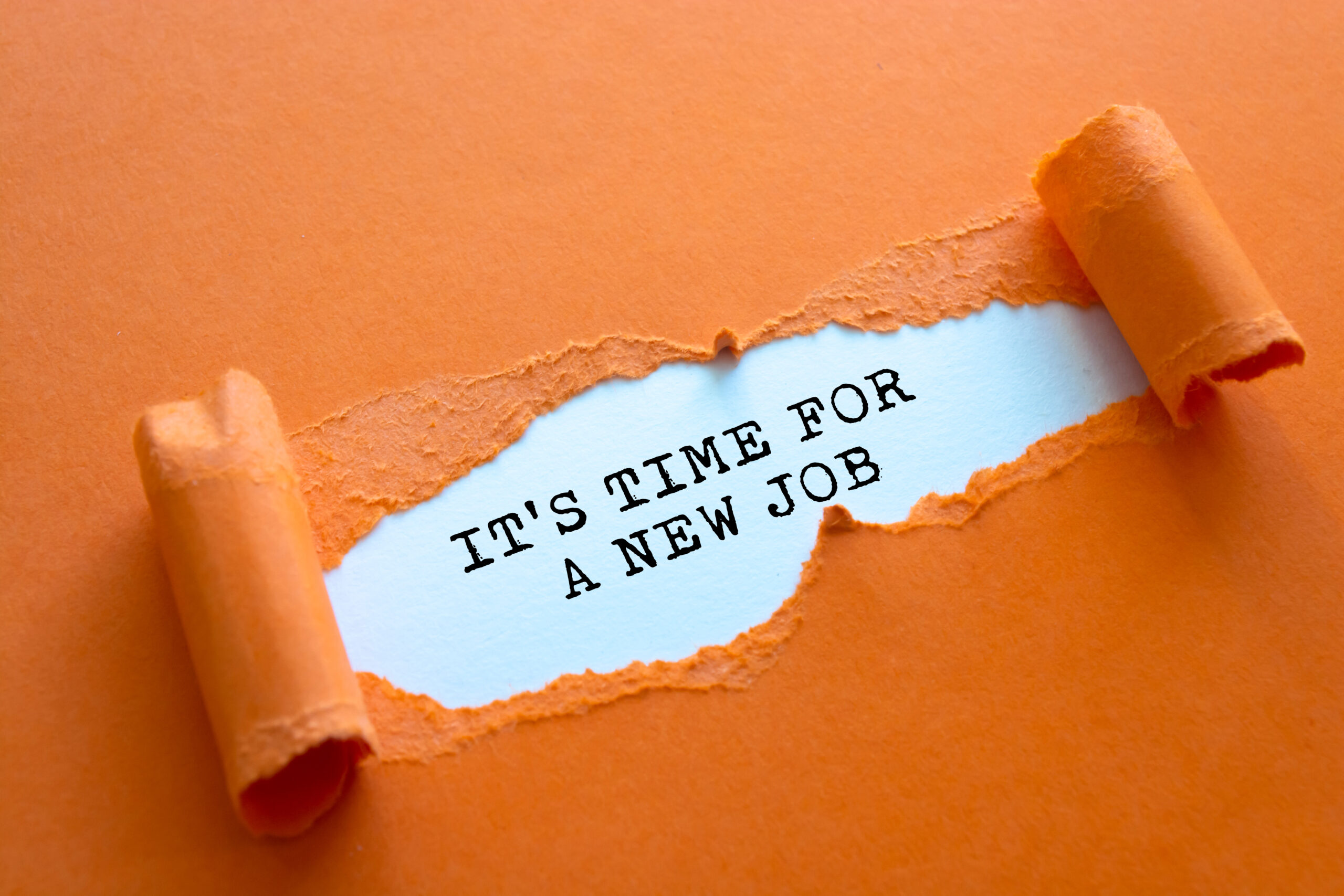It starts with mastering the art of active listening, says Sarah Harvey.
Reading time: 5 minutes
Expressing yourself authentically. It feels like the right thing to do, but is it even more important than you might think?
If others perceive the way you’re expressing yourself as false or you’re holding things back, they unconsciously start to pick up little clues that you’re not to be totally trusted.
Being expressive means saying what you think and conveying your thoughts and feelings eloquently. It also involves making sure that what you say and how you express yourself matches your values and beliefs.
You may not be consciously aware of it but it’s your values and beliefs that help you sense what feels right and tells others you’re being your authentic self.
So what should you do to make sure you’re expressing yourself authentically?
Perhaps surprisingly, you first need to pay attention; and I mean really pay attention at a deeper level than is the norm.
Listen more and practice the art of active listening. It’s about really paying attention to everything around you.
The people around you, the challenges they’re facing and the context they’re working in, are all highly relevant and require you to express yourself in different ways at different times.
Of course, you’ll need to exercise judgment as to when to express your opinions and when to hold back.
You’ll need to judge when the time is right for a particular conversation based on all the evidence around you. But to do that you have to start by listening more attentively.
As a training professional, everything you do is about giving and receiving opinions, feelings, experiences, attitudes, ideas, suggestions, thoughts and views. And through exchanging this information you build a sense of mutual understanding with the people you’re working with.
Try to be more mindful of the need to pay attention, really pay attention, to the people you’re working with
The more honest and open you can be about the information you express, the more effective the learning is likely to be, particularly when grappling with complex or sensitive issues.
The more authentic you’re able to be in your approach, the more honest and open the outcomes will be.
The thing is there is more to paying attention than is commonly understood and it’s worth reflecting where your attention tends to be focused.
Expressing yourself clearly and articulately is one thing, but how do you know what to express or how to express it, if you haven’t paid attention to what people are saying to you and to each other?
This is not simply about the content of what they’re saying, of course. It’s about paying more attention to what all of your senses are telling you, especially the eyes and ears. What are they collectively telling you?
There are two main types of attention – conscious (or controlled) attention and unconscious (or automatic) attention.
You may have noticed some people seemingly ‘absent-minded’ or perhaps you have yourself had to remind yourself to pay attention at times.
Despite popular belief, people can’t actually attend to everything at the same time. When there are many competing stimuli, people tend to consciously focus on only one or two of them.
Additional stimuli are usually missed, as your brain ‘screens out’ what doesn’t have your conscious attention at that moment. This is, of course, a familiar challenge for learning and development professionals.
Sustained attention is often needed when working with groups and individuals, yet how often are people distracted by phones, emails, interruptions and other stimuli in the environment?
If the environment is not conducive to being able to focus on one thing at a time you can bet learning outcomes will be poor quality. Distractions prevent people tuning in to the conversation and giving it the proper attention it deserves.
Even if you think they are showing attention, their body language will be leaking clues that their minds are elsewhere. Others pick up on these cues, consciously and unconsciously. No wonder, then, that results can be compromised and learning can sometimes feel superficial.
Donald Broadbent’s influential ‘model of attention’ describes how the human information processing system has limited capacity for the intake and storage of information and can only process a finite amount of information at any one time.
Through his experiments, Broadbent also discovered that people can listen properly to only one voice at a time, with the first words we hear being the most accurately recalled.
If more than one person is talking at the same time, our brains can often cleverly filter what we hear so that we can tune in to the person we are conversing with and filter out the rest.
So what you might think of as multi-tasking is actually switch-tasking. You can only attend to a limited number of things at one time. The more tasks you try to perform simultaneously, the fewer resources are available for each one.
That’s why I’ve never understood how teenagers claim they can revise and listen to music at the same time.
On the surface they’re doing both at once, but in actual fact the brain is processing all the stimuli they’re attending to and, with its limited capacity it’s unable to process it all simultaneously. Some information gets through and some doesn’t.
So if you have limited attention resources and you can’t process all of the information bombarding your senses at the same time, what does this mean for expressing yourself authentically?
Well, as a minimum, you could try to be more mindful of the need to pay attention, really pay attention, to the people you’re working with. Tune in to your values and beliefs and make sure these are guiding your interactions with others.
And finally, if you’re responsible for delivering learning and development strategies and solutions, do question whether the environment you’re creating is conducive to paying attention at the right levels to encourage everyone to express themselves in a helpful, healthy and authentic way.
About the author
Sarah Harvey is founding director of Savvy Conversations and author of Savvy Conversations: A Practical Framework for Effective Workplace Relationships.



